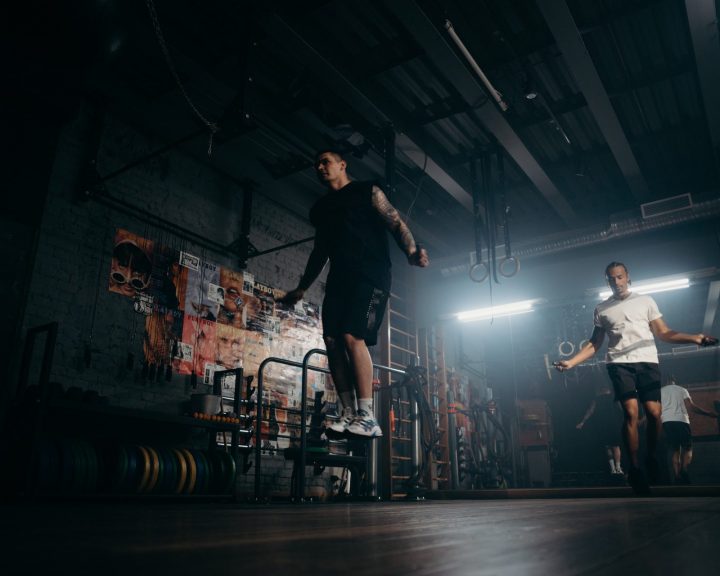In a previous article, I addressed the fact that most athletes are not track and field sprinters and that, as coaches, we may be missing the boat with their speed training when we attempt to train athletes like elite sprinters. With this article I’m going to provide some thoughts on what real-world speed training would look like for one type of athlete, baseball players.
When it comes to sprinting, we normally think of base running. The bases are no more than 90 feet apart, in theory an athlete could run 360 feet if they hit the ball hard enough or if the defense made a number of mistakes. There are times when athletes have to run fast to the bases, stop suddenly, and even run back to where they started from. In addition to running bases, athletes must be able to run to the ball to make plays on defense.
Not only must athletes sprint in relatively straight lines, but they have to be able to change directions in baseball. This includes cross-over steps to move from a lead-off to running towards base, sudden stops while base running, moving to field a ball, chasing a fly ball, etc. So there are speed and agility requirements for the sport.
There is no situation in baseball where an athlete has a crouching or block start. There is no real situation in baseball where the quality of speed endurance is going to come into play. Even if the athlete hits an inside-the-park home run, they are looking at 120 yards of sprinting that is broken up by rounding the bases.
With that quick background in mind, a baseball player is going to need the following from a successful speed/agility program:
- Strength
- Hamstrings
- Power
- Speed training of up to 150 yards
- Fundamental agility skills
Strength:
As I covered in the previous article, strength is important for speed. That means variations of the squat, single-leg work, and hip extension exercises. Besides weight room work, sled work and kettlebell swings will help to develop the ability to apply that force in a horizontal direction (i.e. during sprinting).
Hamstrings:
We don’t need baseball players with strained hamstrings from running the bases or chasing a pop fly. As a result, we need to put a focus on hamstring training. In the weight room this means hip extension exercises. In the field this means exercises like crab walks, marches, and inchworms. It also means sled work.
Power:
The baseball player needs to be able to use that strength that has been developed. In the weight room this is typically done by using variations of the Olympic lifts. It can also be done via bounds, plyometrics, medicine ball throws, and resisted sprints.
Speed training up to 150 yards:
I like to train athletes to be able to run at a distance a little further than they’ll encounter in a game. The maximum that they’d run in a game is 120 yards, so this distance provides some cushion. Now, the reality is that the athletes need to train running a variety of distances:
- Short distances to chase ground and fly balls while on defense
- The length of the outfield to chase down fly balls and line drives while on defense
- The distance between the bases to simulate base running and stealing
Unlike a track and field athlete, the baseball player needs to be able to incorporate two concepts into his start. The first is to take the first step explosively. The second is to be able to execute the sprint effectively from a sport-specific position.
I use a progression to teach the first step. The first part of the progression involves starts with a partner standing behind the athlete holding a towel wrapped around the athlete’s waist. The second involves a falling start. The third moves to a start from a standing start. Finally, we do this from sport-specific positions.
In terms of sport-specific positions, the baseball player needs to learn to sprint from the cross-over step, from the ready position, and needs to learn to turn around and sprint to chase down fly balls.
Fundamental agility skills:
There are several fundamental agility skills that a baseball player needs to be successful. They need to be able to execute the cross-over step to base run and to get to ground balls quickly. They need to be able to shuffle for defense. They should be able to take a step back in the direction of a fly ball, turn, and run it down. Finally, they need to be able to stop on a dime and either resume running or run back to the base they started from.
The above is meant to give an idea of what goes into an athlete’s speed program if we are training them for their sport and not like a track and field sprinter. Next, I’ll provide an example using basketball to continue driving this idea home.


